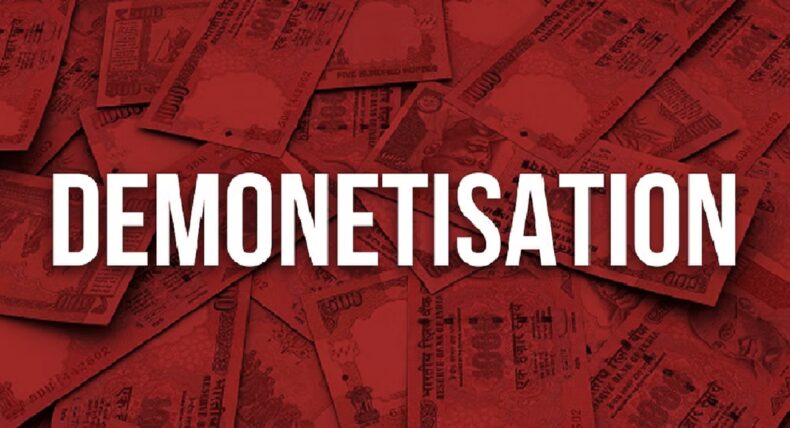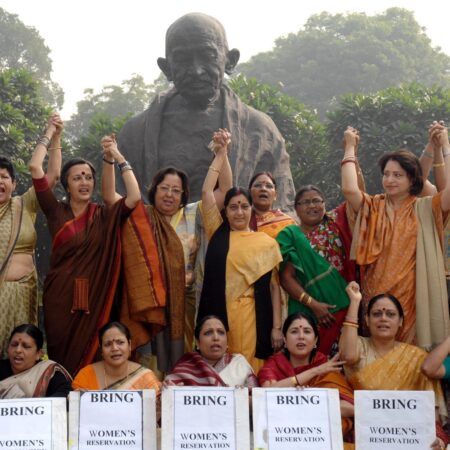
Prime Minister Narendra Modi announced demonetization of ₹500 and ₹1000 to be effective from midnight on the National television on 8th November, 2016. This sudden decision created an uproar among the people.
Demonetization created crippling after effects and the ruling BJP government was blamed by the Opposition parties pointing out the sufferings of the public. The demonetization policy was planned to bring out hidden wealth — black money out and run it back into the economy.

source: business today
When the government expected people to exchange their old currency for the new currency notes or deposit their money in the banks — but people thought differently. Money was spent on excessive shopping rather than being deposited in the bank. This is an unpredicted hindrance in the plans of the policy, said a study published at Marketing Science journal on March 2022.
The study was conducted by Yewon Kim, Assistant prof. of the Stanford Graduate School of Business. It was co – authored by Pradeep K. Chintagunta of the University of Chicago Booth School of Business and Bhuvanesh Pareek of IIM, Bangalore.
Strategic Shoppers at the time of Demonetization
When the government ordered the rupees ban, the strategic consumers had done two things differently that was unexpected.
They planned ahead of time and purchased goods with cash and later returned them to the retailer or trader for receiving new currency notes. Secondly they purchased items with the old currency bills so that they do not have to deposit them in the bank.
The impact of the strategic consumer behaviour in the Indian market is calculated and found that it amounts to an estimation of 100 billion rupees ($1.5 billion). It also said that approximately 20 million INR was hindered from the tax system through the retailers.
This purchase activity became a greatest advantage to the retailers.
Role of Retailers
In this study big retailer companies in India were studied, and they have observed 7 million transactions that happened before and after demonitization.
They also analysed the shopping behaviour of the consumers. The shoppers mostly bought huge home appliances, jewels, costly sarees and consumer electronics.
The purpose of this activity is related either to avoid depositing money in the bank or returning the products back to the retailers (strategic returns) or traders for getting legal notes. Either way the money was hindered from returning to the tax system.
The researchers have also observed the purchase of goods that would have not been bought by the consumers if the situation was otherwise. On the day of the announcement of demonitization, some retailers faced a sales strike of 40%.
Rippling effects of the policy
Though the government’s demonitization policy had a spillover effect that affected the larger section of people, the retail businesses boomed around that period of time.
There are still debates revolving around the effectiveness of the demonitization policy in India. Even though it did not achieve the intended targets, it lead to a sustainable development and growth in the country.
A statistics shows that 42% growth in digital transactions was increased after the policy was introduced and the income tax filing was increased by 25% the following year.
We need to understand that policy makers cannot possibly predict all that that can happen in the future. They can always learn from the mistakes and make plans to reduce the after effects without causing more damage to the country’s economy.













